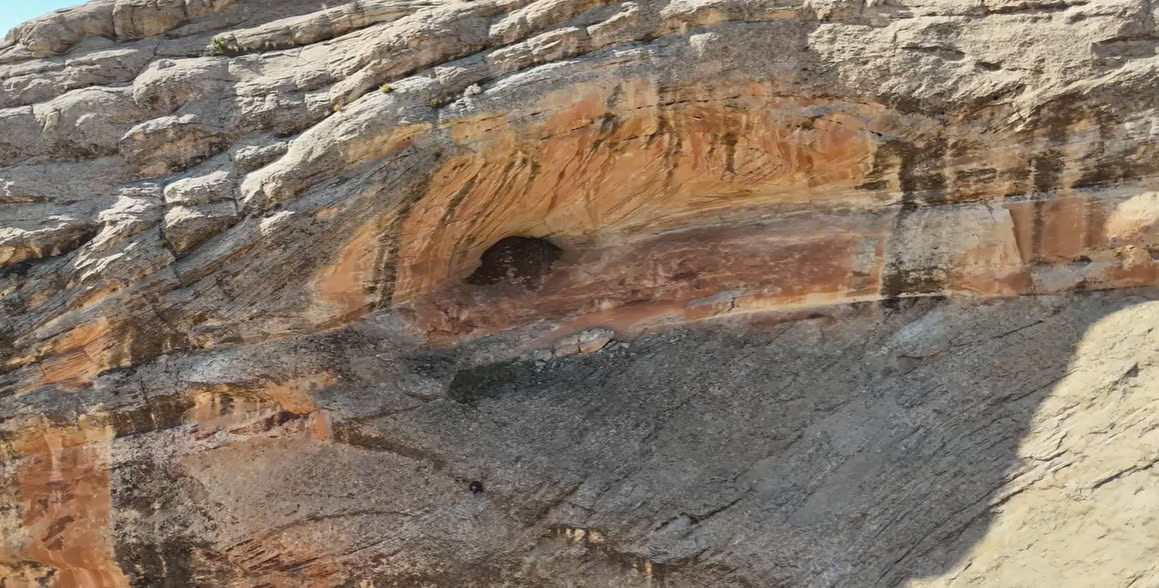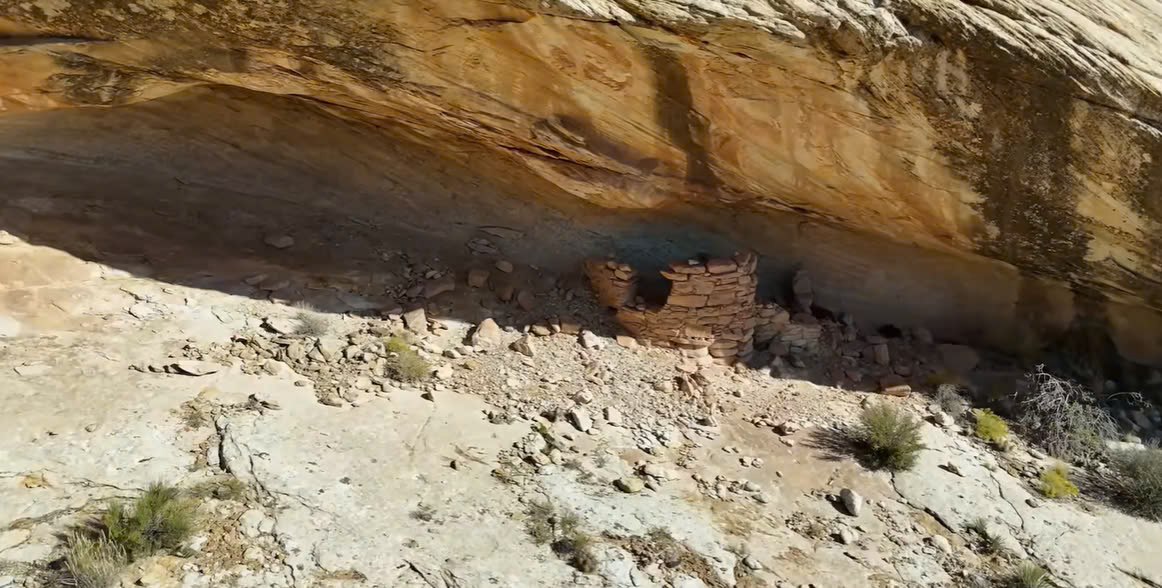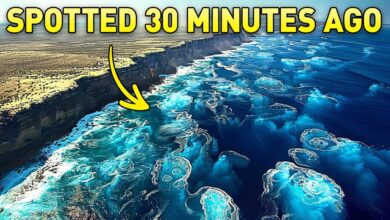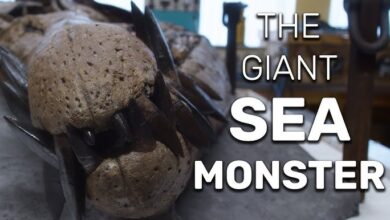How Could This Even Be Possible? Ancient Ruins Hidden in a High Cave!

Experience exploring an ancient site located in a precarious location on a cliff. They begin their journey by describing their amazement and admiration for their ancestors’ skills in building complex structures in difficult-to-reach places. These structures are located in a cave on a steep cliff, clearly visible only from above. They use a drone to carefully survey the area and discover interesting things.
On the way to explore, the narrator passes a bright yellow Cota tree in a nearby canyon, emphasizing the natural beauty of the place. As they get closer to the site, they discover a small cave with darkness inside, but no obvious traces of life such as drawings or objects. Moving further, they notice another cave with clearer construction structures, but lacking signs of soot – a common sign of cooking activity. This leads to the hypothesis that this could be a storage room or temporary shelter.
The narrator observes stacked stone slabs near the cave entrance, suggesting an abandoned or ruined structure. Traces of rainwater erosion and a large amount of debris around indicate the effects of time and the environment. They also notice some carved stone steps leading to this area, which, although faded, are still clear enough to be recognized as having been used by their ancestors as a means of transportation.
As they move deeper into the cave, they describe the ingenuity of the ancient architecture: the entrances and constructions hug the cliffs, making the most of the natural terrain. Some parts of the structure have small holes in the roof, possibly for smoke to escape. However, most of the roofs have collapsed, leaving scattered ruins at the foot of the cliff.

The narrator offers several hypotheses for the purpose of these structures: they may have been designed as refuges, protecting the inhabitants from threats.
They imagine that a single sentinel could have defended the area by throwing stones or spears at enemies from above. They also wonder how the ancients could have transported building materials and water to such a height, especially since the cliffs were so steep.
They also discovered another cave nearby, but there were no signs of habitation or man-made structures. The canyon landscape was described as majestic but limited in space for cultivation, perhaps supplied only by snowmelt or rain.
Finally, they emphasized the beauty and uniqueness of the structures, while expressing admiration for the ingenuity and perseverance of their ancestors. The narrator encouraged the audience to continue following the next expeditions to discover more fascinating things about the ancient ruins.








